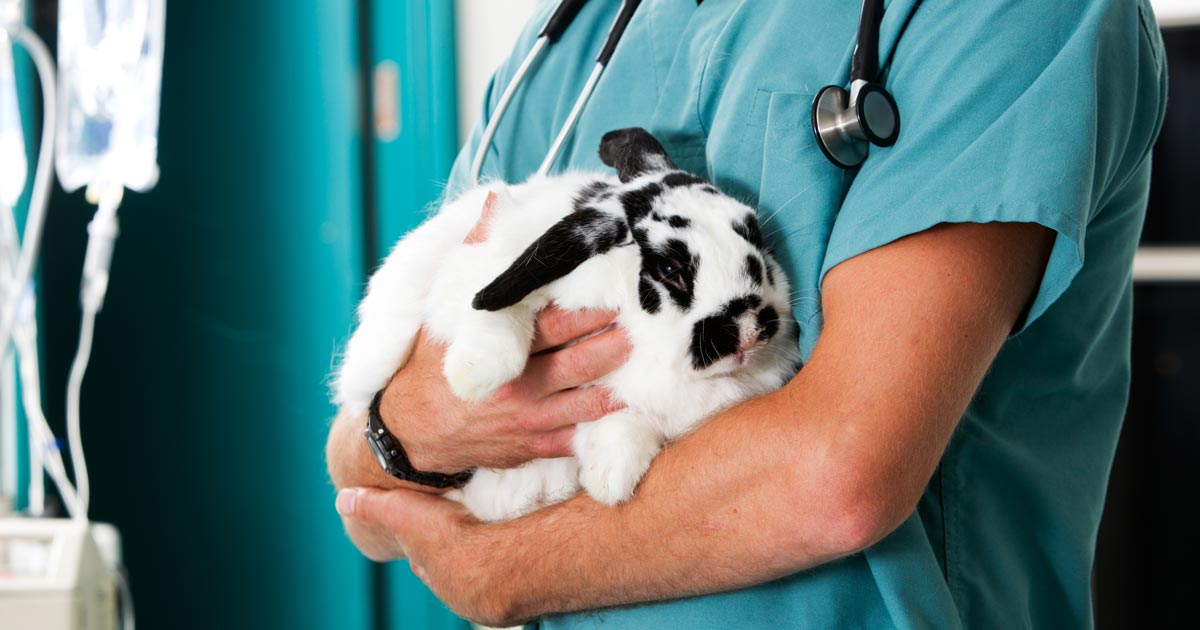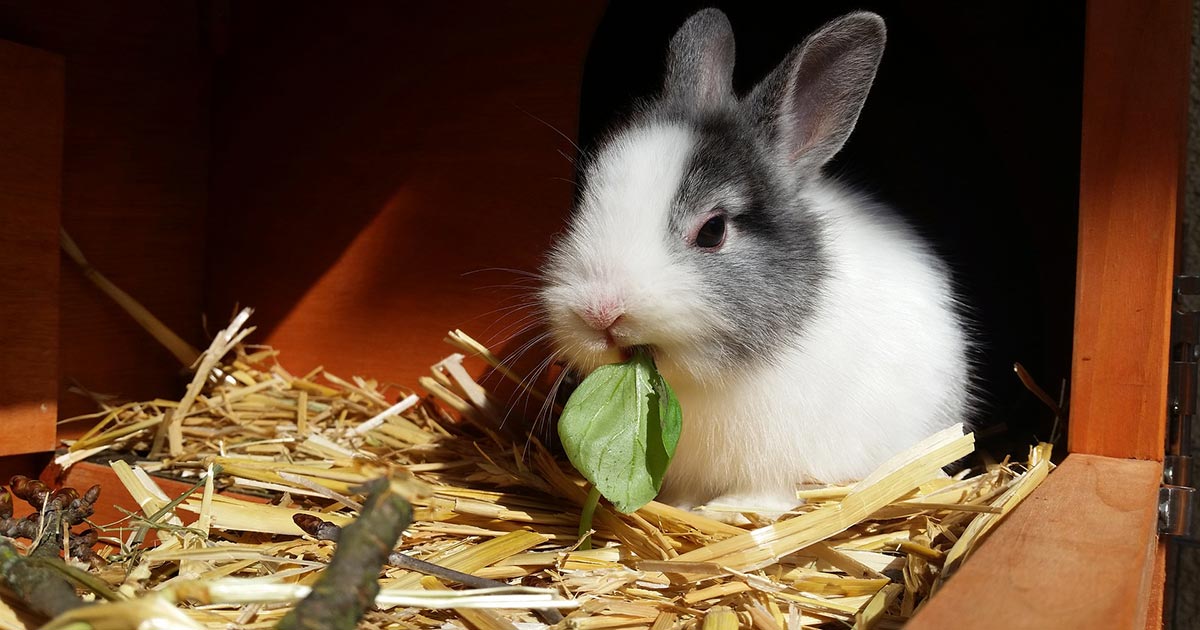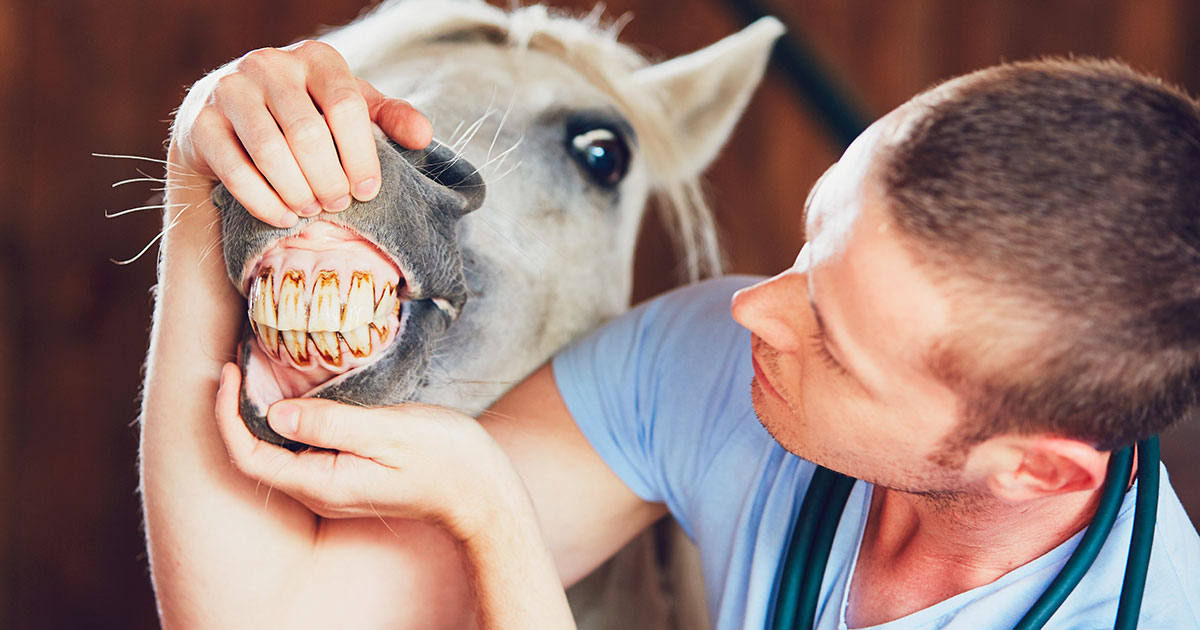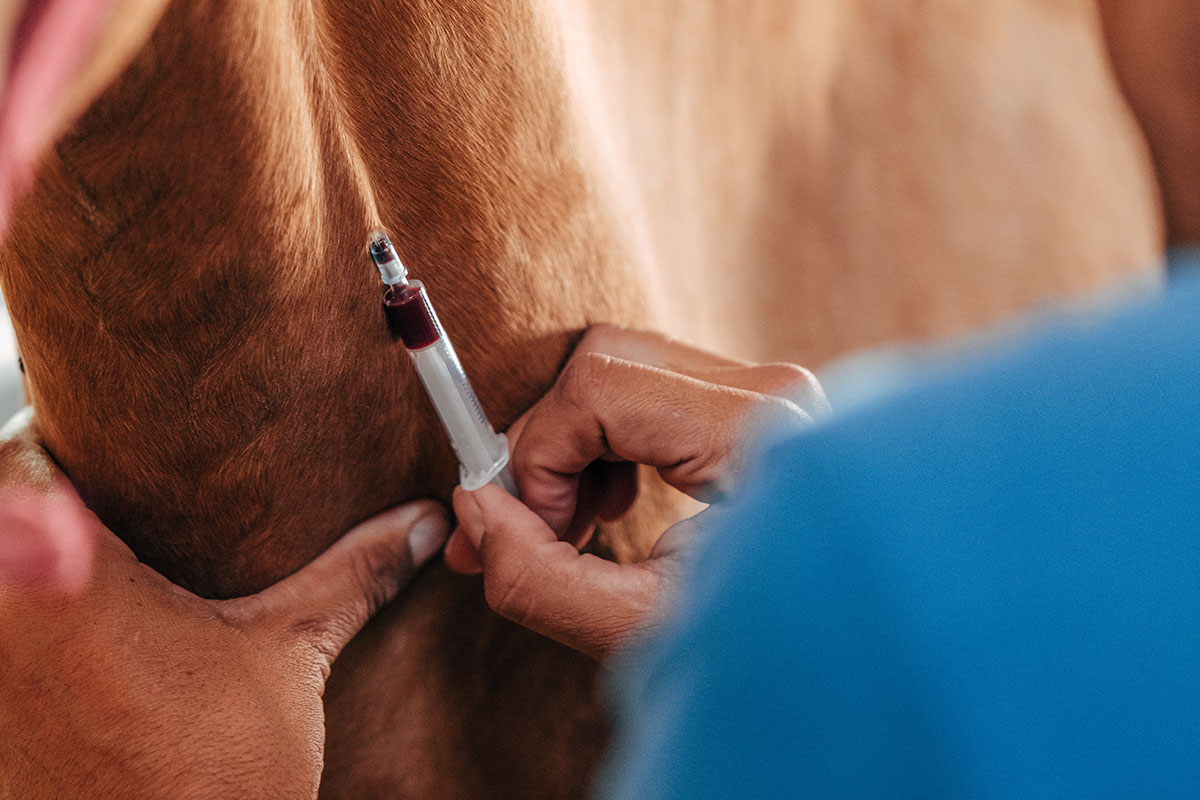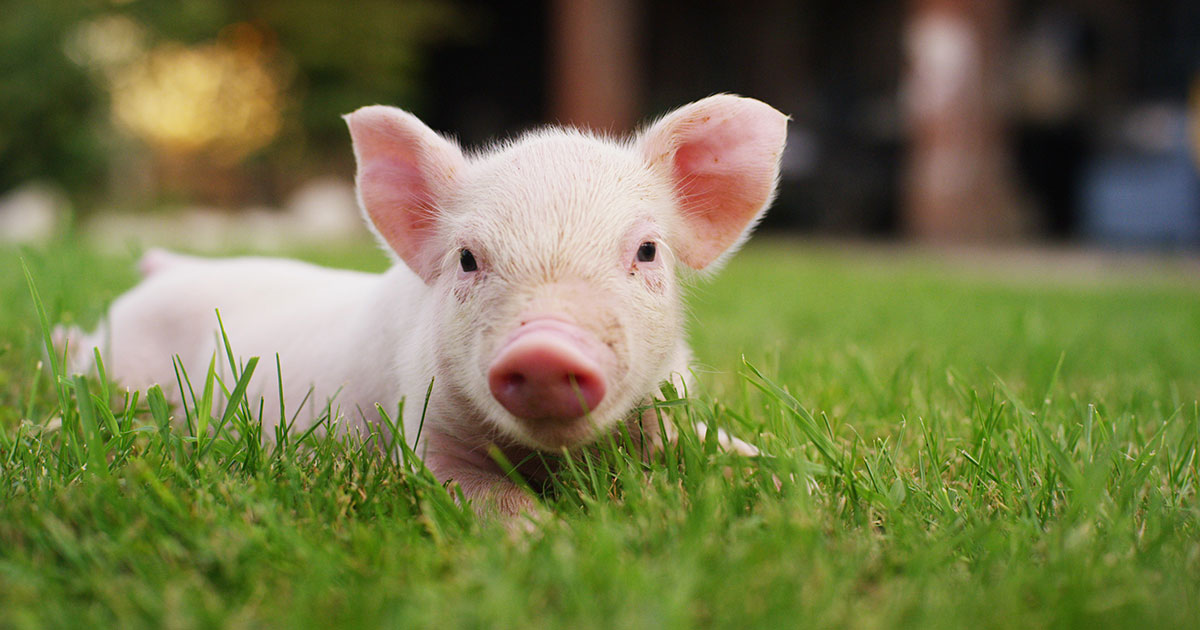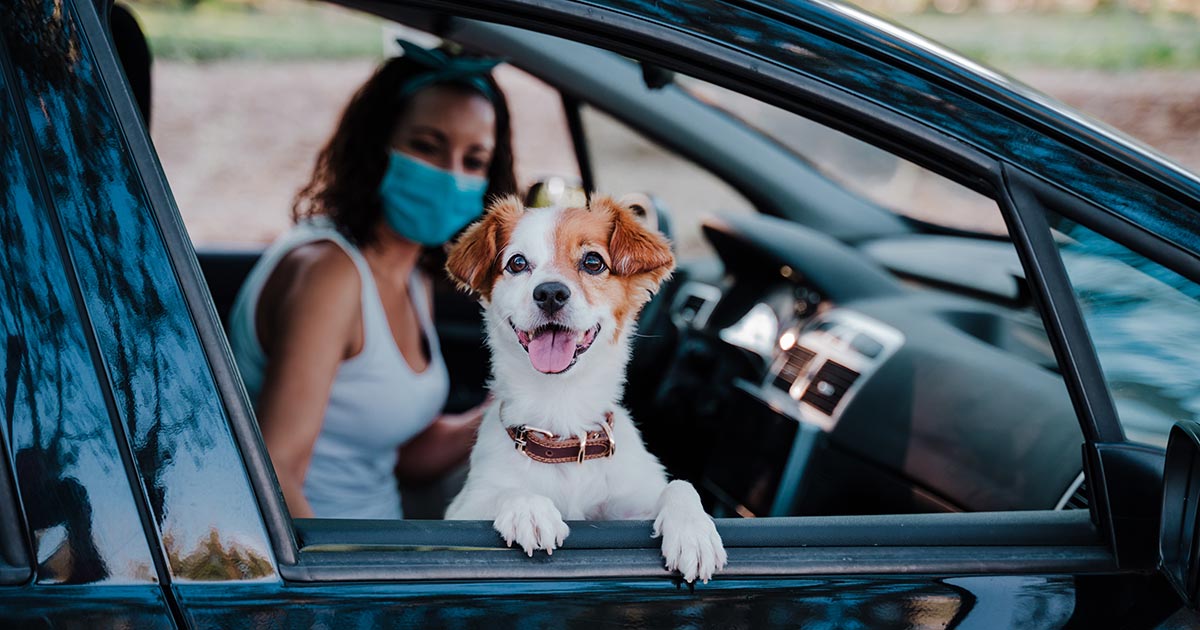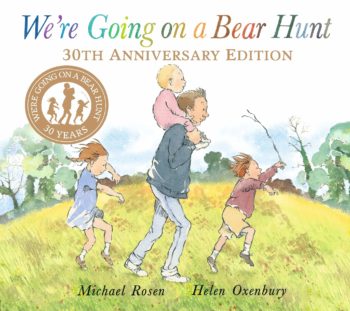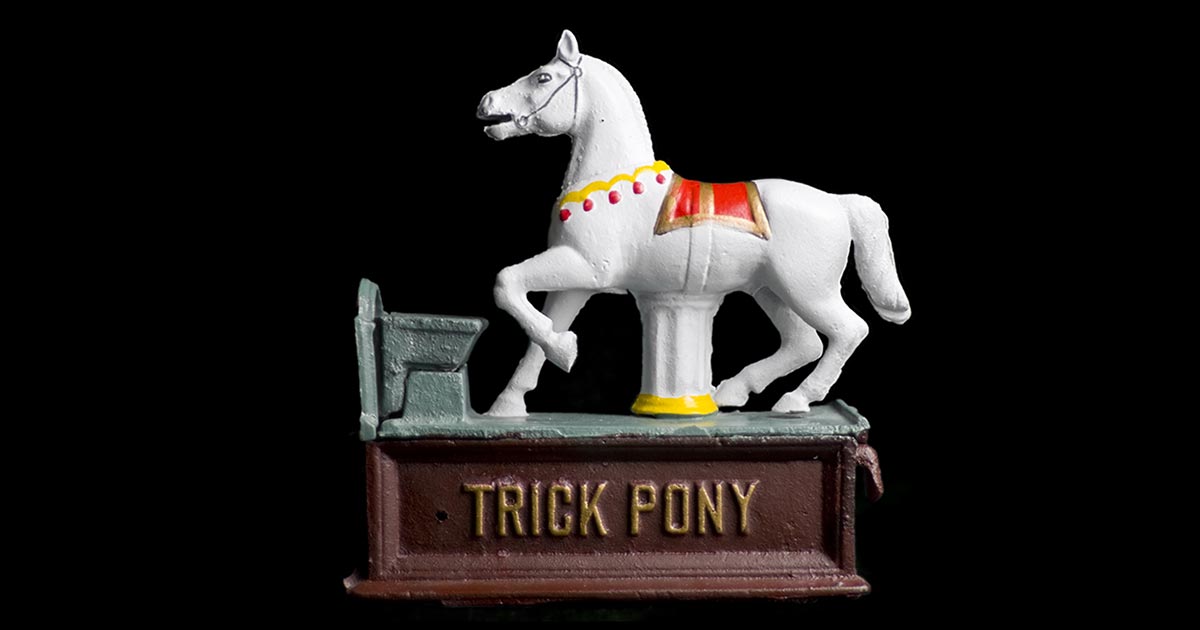Is puppy yoga the new cat café?
Is it a new passing trend or here to stay?
Either way, as a student with a passion for both fitness and animals, I was initially intrigued. But I can’t help but have concerns for whether this practice is beneficial for all members of the class.
Five freedoms
Usually applied to the context of captive animals, the five freedoms can really be utilised to evaluate the welfare of any animal outside of its natural habitat (which, technically, every dog is).
These being freedom from pain and disease, stress, discomfort and hunger, as well as freedom to express normal behaviour.
My main concerns when it comes to puppy yoga would be stress, hunger and disease.
If classes run back to back, younger animals that require more frequent feeds may miss out on vital mealtimes, and there’s always the worry some puppies included in these classes are too young to be removed from their mothers. Ideally, no puppy should be removed from the dam or weaned before eight weeks of age. In larger breeds, puppies can appear older than they really are, and some breeders or yoga studios may be motivated by profits to use pups that are slightly shy of this age limit.
The danger here is that puppies don’t typically receive vaccinations until they’re eight weeks old, and if puppies from different litters are introduced when their mother-derived immunity is lowering, diseases can be transmitted very quickly. Most vets wouldn’t advise mixing a puppy with other dogs until at least two weeks after its second vaccines (at around 12 weeks old) to allow adequate immunity to develop.
In regard to stress, anything new or novel can be stressful to a puppy (or any animal for that matter). Loud noises, strange smells and lots of new people all at once can also be very overwhelming and scary to puppies that are yet to be properly socialised.
Socialisation
The socialisation window for puppies is from when they are roughly one to three months old. During this time, the animal’s perceptions of the outside world and its stimuli are being shaped by its experiences, and once that window closes, it can be more difficult for biases towards certain stimuli to be changed.
Since the majority of puppies used in yoga sessions are between two to four months old, on paper, the practice sounds like an excellent opportunity for animal lovers to exercise and unwind surrounded by adorable puppies, with the added benefit of those puppies being socialised to grow up more well-rounded and well-behaved pets.
Unfortunately, however, socialisation is not an exact science, and while it is incredibly beneficial to introduce puppies to lots of different things during their socialisation window, it does not mean flooding them with lots of stimulus all at once.
This is the really tricky part, because what counts as “overwhelming” to one puppy may be completely manageable to the next. Some animals may find a room full of new people and smells incredibly exciting, while others need to be introduced to new people one at a time, with plenty of opportunity to withdraw from the experience if needed.
It can also be impossible to predict what type of puppy you have until you place it in that situation. While a lot of behavioural aspects in our pets can be traced back to environment and genetics, every animal is unique, and just because a litter comes from docile, friendly and outgoing parents, doesn’t mean the offspring will share the same traits.
Ensuring every puppy’s experience of a yoga session will be adequate from a welfare perspective would take a very knowledgeable and conscientious screening process that some businesses may not know how to or be able to provide.
Yoga “pants”
I feel that puppy yoga is probably far from a black and white picture, with the level of puppy welfare and attention to their needs varying from practice to practice. For this reason, I think it’s definitely a good idea to do your research before booking a session – whether you’re a vet or not – to make sure you’re happy with where the puppies come from, if the establishment is aware of vaccine records (and so forth), and if the puppies are given adequate opportunity to rest and retreat from engaging with the customers if they wish.
In the same way that in the veterinary profession we are now seeing the outcomes of puppies raised during the pandemic lockdowns, we may soon see the influence of puppy yoga in the next generation of pets.
At the end of the day, it’s up to the individual consumer to decide if the practice is for them, or if ethical puppy yoga is a bit of a stretch…

